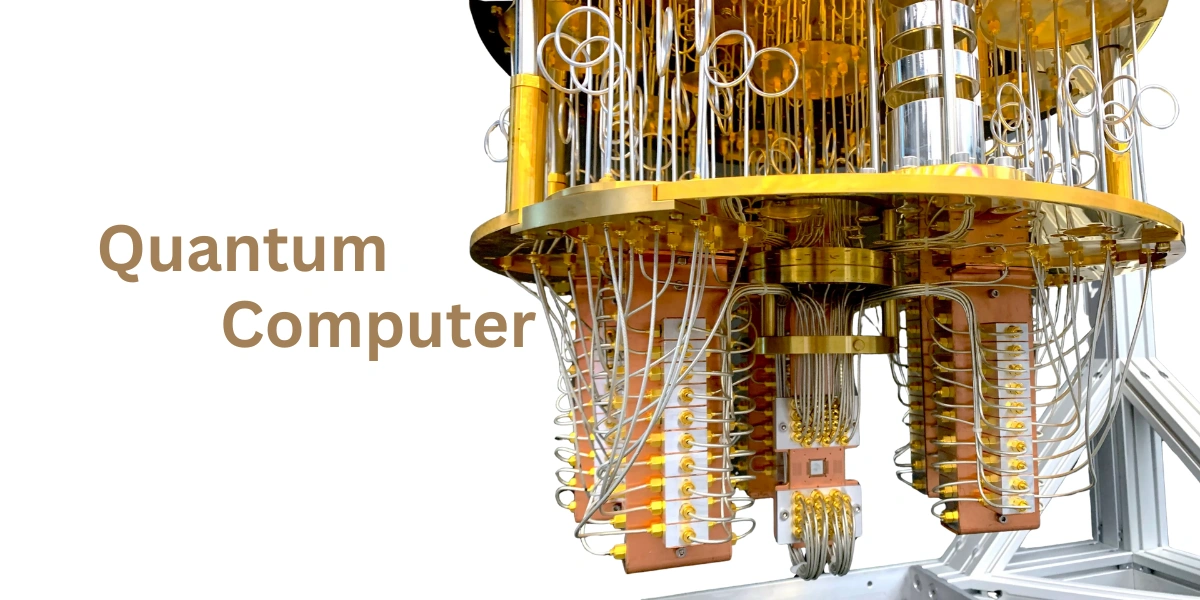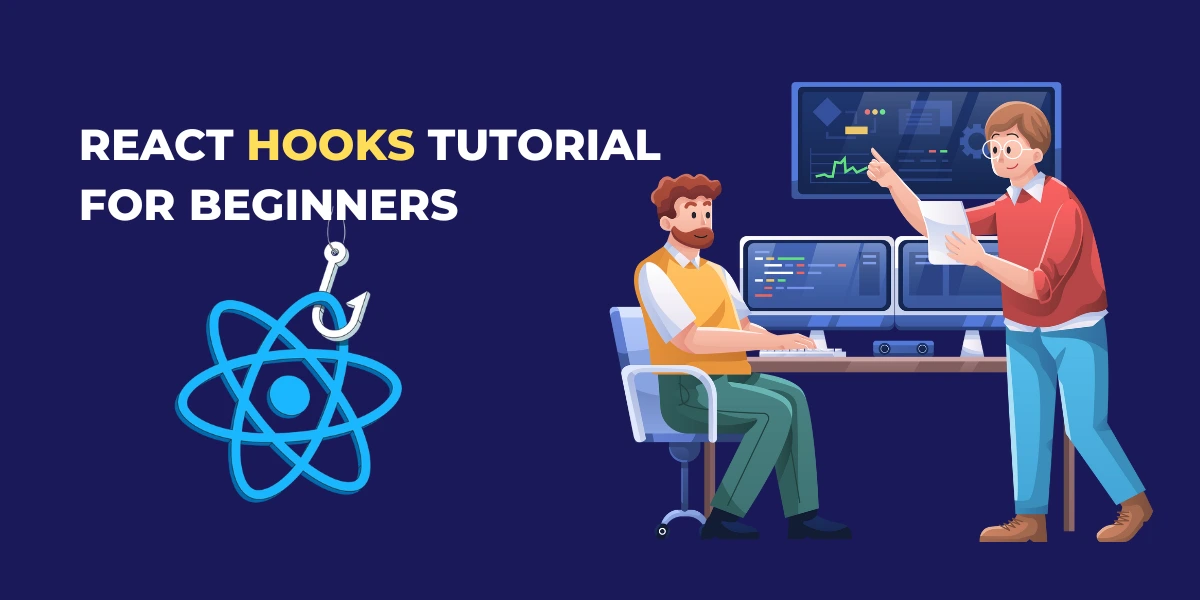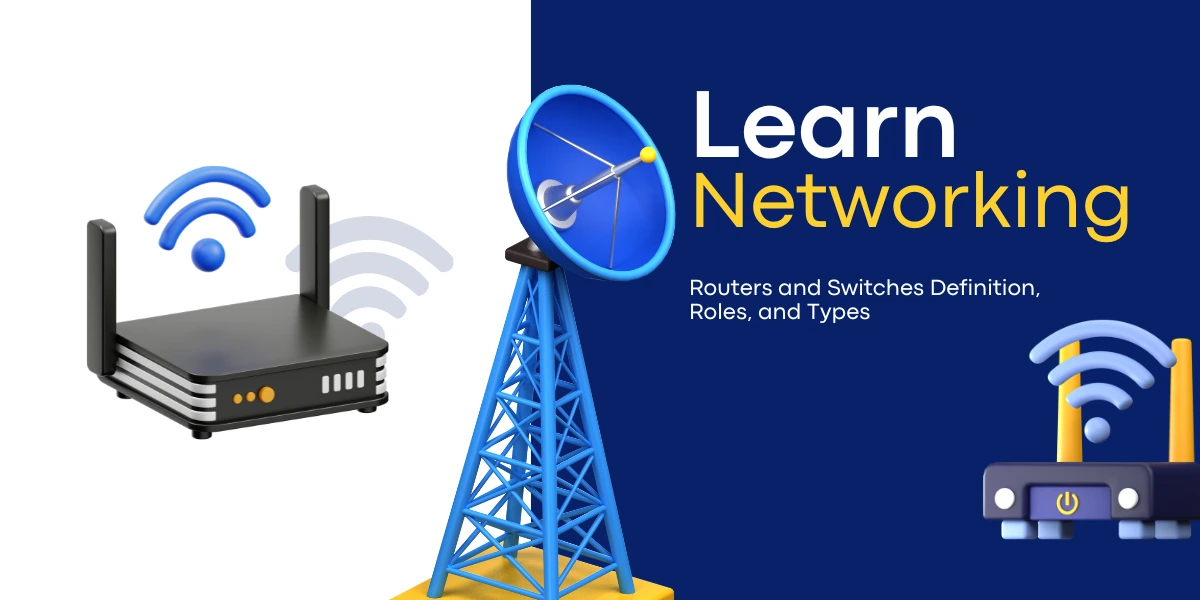Computers hold a very important place in our daily lives. A common thing all these devices share is that they all work in the C programming language. Many languages came, like Java, Python, JavaScript, and PHP, but the C programming language’s importance, popularity, and power remain the same. It is widely used in operating systems code, device drivers, etc.
In this guide, we will explore the popularity of the C language, its features, and why learning it can be very beneficial.
What is C programming?
C programming is a widely used programming language in computer operating systems, software, applications, games, and more. It was created by Dennis Ritchie in the 1970s and is the foundation of all the popular programming languages, including Java, Python, JavaScript, and PHP.
Features of C Programming Language
There are many interesting features of the C language.
Modularity
Modularity is storing C programming language code in libraries for future use. Libraries hold most of the language’s power.
Dynamic Memory Management
An important feature of the C language is its support for dynamic memory management (DMA). It manages the size of the data structure in C during runtime.
Extensibility
C language allows adding new features, functionalities, and operations to an existing C program. This means that if a code is already written, you can easily extend a C program and add new features with a few alterations.
Portability
C programming offers portability. This means that programs written in C language can run and compile on any system with little change.
Simple and Efficient
The basic syntax style of implementing C language is easy to learn. This makes the language easy to understand and enables programmers to redesign or create new applications.
Recursion
Another major feature of C programming is recursion. In other words, you can create a function that calls itself multiple times until a given condition is true, just like loops. Recursion provides code functionality, reusability, and backtracking.
Pointers
Pointers in C point to a specific location in the memory and interact directly with this memory. It enables users to use memory, arrays, functions, and structures.
Getting Started with C
Learning the C language is very easy, especially for beginners. The steps of learning C language are:
Alphabets > Words > Sentences > Paragraph > Alphabets, Digits, Special Symbols > Constants, Variables, Keywords > Instructions > Program
Constants, Variables, and Keywords
- Constants in C programming are known as literals and divided into two categories, for example, (1) primary constants and (2) secondary constants.
- Variables in C language are known as identifiers. Variable names can be any combination of 1 to 31 alphabets, digits, underscores, or up to 247 characters with a few compilers. The first character in the variable name must be an alphabet or underscore (_).
- Keywords are words that carry special meaning. There are 32 Keywords in the C programming language. These keywords have special meanings in the language and have already been communicated to the compiler.
The 32 keywords in C language are:
- auto
- break
- case
- char
- const
- continue
- default
- do
- double
- else
- enum
- extern
- float
- for
- goto
- if
- inline
- int
- long
- register
- restrict
- return
- short
- signed
- size of
- static
- struct
- switch
- typedef
- union
- unsigned
- void
- volatile
- while
Benefits of C Programming Language
- It is a universal language and is used to write various applications.
- Once you learn the C programming language, the other programming languages are much easier to learn and understand.
- The code written in C language can be compiled easily and run on various platforms.
Structure of a C program
The basic C program code structure consists of the header and the body.
#include <stdio.h>
int main()
{
print("Hello World!");
return 0;
}
The Header
A header file is a file containing pieces of code that are written in the C programming language. For example, #include <stdio.h>, the h. This line shows that a header file is used.
The Body
The body basically consists of all the codes in C programming that come after the last line of the header. At the beginning of the body is a left curly brace ({), and at the end is a right curly brace (}).
The C programming language is the master of many other programming languages. It is also very easy to learn and ideal for beginners. Once you learn the C language, other emerging programming languages like C++, Java, and Python will be much easier to learn.






